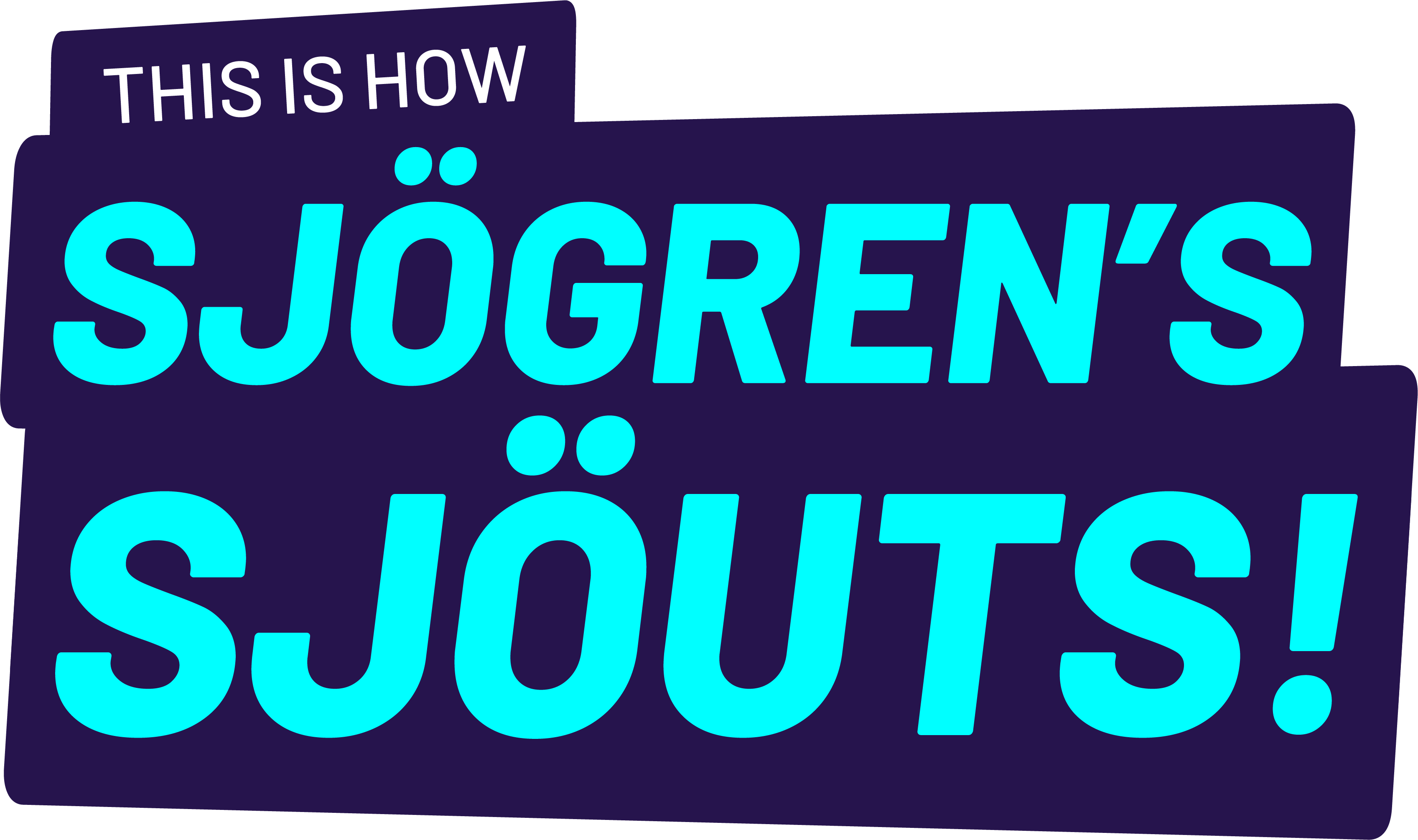
An opportunity to advance the standard of care in Sjögren's disease1,2
Current Sjögren's disease (SjD) management is based on the treatment of dryness symptoms with secretagogues and the use of immunosuppressants for systemic features.3,4
At present, there are no approved therapies targeting the underlying pathogenesis of SjD or slowing disease progression.1,2
Despite the limitations, the only option is to rely on “borrowed” immunosuppressive treatments not approved for systemic manifestations of SjD2:
A more comprehensive approach to patient care is needed—one that considers not just dryness factors, such as salivary flow and tear production, but also other factors, such as fatigue, joint pain, organ involvement, and overall disease activity.4
A path forward
In the absence of Sjögren's-specific disease-modifying therapies, EULAR guidelines describe a targeted treatment flow based on specific organ involvement, increasing clinical complexity.4
Novartis is leading the way in researching alternatives to relieve symptoms and address systemic disease activity.
See the latest EULAR guidelines*
*EULAR recommendations for the management of Sjögren's syndrome with topical and systemic therapies.4
EULAR, European Alliance of Associations for Rheumatology.
References: 1. Birt JA, Tan Y, Mozaffarian N. Sjögren's syndrome: managed care data from a large United States population highlight real-world health care burden and lack of treatment options. Clin Exp Rheumatol. 2017;35(1):98-107. 2. Carsons SE, Patel BC. Sjögren syndrome. StatPearls Publishing; 2025. National Library of Medicine. Updated July 31, 2023. Accessed August 14, 2025. https://www.ncbi.nlm.nih.gov/books/NBK431049/?report=printable 3. Vitali C, Minniti A, Pignataro F, Maglione W, Del Papa N. Management of Sjögren's syndrome: present issues and future perspectives. Front Med (Lausanne). 2021;8:676885. doi:10.3389/fmed.2021.676885 4. Ramos-Casals M, Brito-Zerón P, Bombardieri S, et al. EULAR recommendations for the management of Sjögren's syndrome with topical and systemic therapies. Ann Rheum Dis. 2020;79:3-18.


